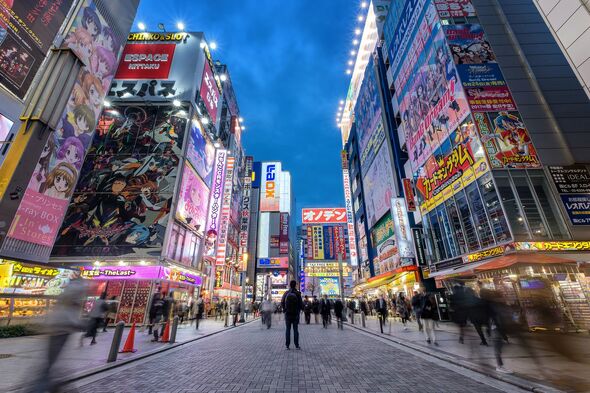The fast-paced vibrant city is the most populous in the world – and it is not where you might expect, in countries such as China or India.
Globalisation and urbanisation are driving forces behind the exponential growth of cities worldwide.
Urban areas are becoming increasingly congested, giving rise to megacities with populations soaring into the tens of millions.
Tokyo stands at the forefront, boasting a staggering 37.1 million residents when considering the broader metropolitan region, according to worldpopulationreview.com.
Following Tokyo is Osaka, another major Japanese city, with an impressive population of 19 million.
Meanwhile, Japan ranks as the 12th-most populous country globally.
In second place is New Delhi, the bustling capital of India, which is the most populous nation on the planet.
Shanghai, China’s vibrant economic hub, occupies the third spot in the global ranking.
Despite its population of over 1.4 billion, China’s numbers began to decline in 2023.
Beijing and Shanghai, two of China’s major cities, have populations of 22.2 million and 29.9 million, respectively.
Similarly, Mumbai, India’s financial epicenter, is home to 21.7 million people, while Delhi, the nation’s capital, has a population of 33.8 million.
The increasing strain on infrastructure, resources, and services in these megacities is becoming more apparent, presenting significant challenges for city planners and policymakers.
As urbanisation continues its relentless march, devising sustainable solutions to manage this growth will be essential for the future viability of these sprawling metropolises.
